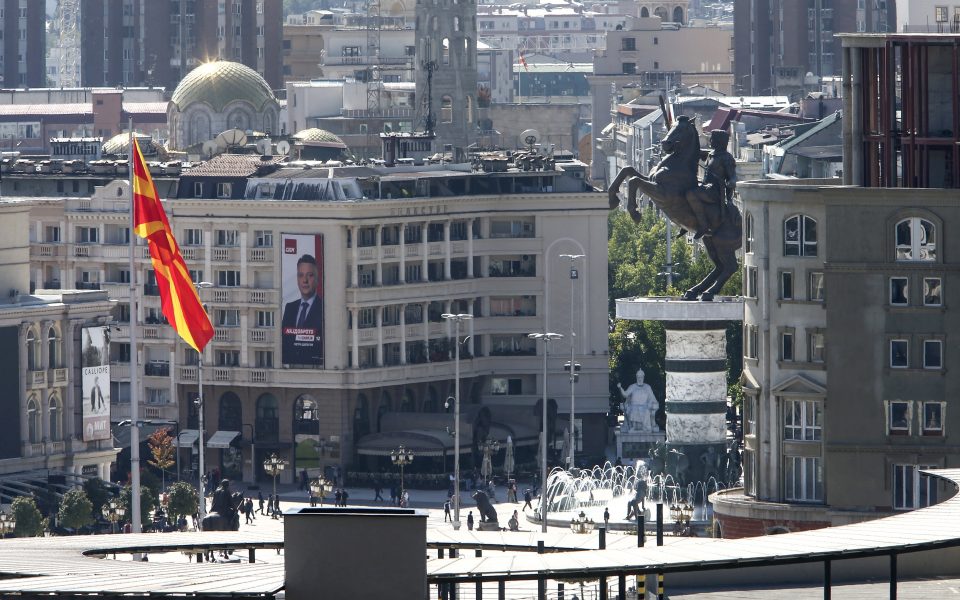North Macedonia compliance seen lagging in eight areas

Almost three years since the Prespes accord between Greece and North Macedonia went into force, the former Yugoslav republic has yet to fully comply with a number of conditions included in the deal, Kathimerini understands.
Progress is being closely monitored by officials in Athens, with particular attention to eight areas that have been identified as the most problematic.
More specifically, the new official name and the relevant adjectival references have not always been adopted by public agencies and institutions. The same applies to private entities.
Furthermore, the websites of state institutions are not always up to date with the requirements under the agreement. In many cases, authorities have not dropped the old ISO codes (MK, MKD) for the now-required RNM or NM abbreviations.
Another issue is that ministry and other state agency signs do not always contain the new country name.
Meanwhile, authorities have not always reviewed the signs in monuments in a way that acknowledges the Hellenic historical and cultural heritage of Ancient Macedonia, as prescribed by the terms of the accord.
The Vergina Sun – a symbol widely used in ancient Greece, which was previously adopted for use by the ex-Yugoslav republic on its national flag despite Greek protests – has still not been removed from all public spaces and usages. The symbol can, for example, still be seen at the central square of Vinica and on the campus of the Nikola Karev elementary school in Kocani, in eastern North Macedonia.
The Museum of Macedonian Struggle in capital Skopje showcases maps that depict so-called “Greater Macedonia” including parts of present-day Greece and featuring irredentist phraseology.
Another issue that concerns officials in Athens is that many streets in Skopje are still named after Ancient Macedonian kings.
Finally, when North Macedonia participates in international exhibitions, sports events and so on, the two words that make up the country’s name must be set in the same font size. Observers say the rule has not always been applied.





